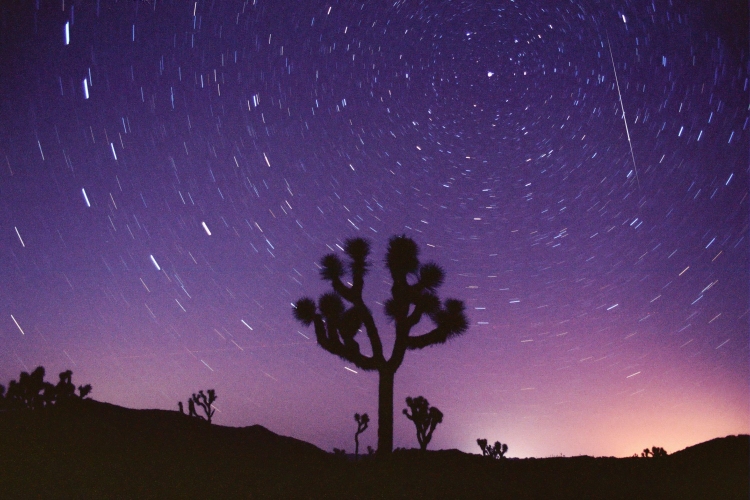Unlike many astronomical phenomena, meteors are best seen with the unaided eye rather than through a telescope or binoculars and are perfectly safe to watch, so be prepared to sleep outside on August 12th, the annual maximum of the Perseid meteor shower.
In doing so, you will be joining your ancestors, who have viewed what are also called "The Tears of St. Lawrence"(1) for some 2,000 years.
Meteors are the result of small particles entering the Earth’s atmosphere at high speed and in the case of the Perseid shower these come from the tail of the Comet Swift-Tuttle, which was last in the vicinity of the Earth in 1992. To the eye, the meteors appear to originate from a ‘radiant’ in the constellation of Perseus, hence the name Perseid.

At its peak and in a clear, dark sky up to 80 ‘shooting stars’ or meteors from the Perseid meteor shower may be visible each hour.
Although the Perseids peak on August 12th, the shower can be seen on either side of that date and it is worth taking a look the evening before as well as on the morning of August 13th.
To see the meteor shower, look towards the north-eastern sky from 0400 onwards. In clear weather and away from the light pollution of major cities, it should be possible to see a meteor at least every few minutes, with most appearing as brief streaks of light.
The waxing gibbous Moon will be in the evening sky but will have set by morning so its light will not interfere with the view after that time.
NOTES:
(1) Laurentius is said to have been martyred by the Romans in 258 A.D. on an outdoor stove and King Philip II, when he wasn't marrying the crazy Queen of England, losing an entire Armada and ruining the Spanish economy, built his monastery place, the "Escorial," on the plan of that martydom to celebrate Laurentius. Because the feast day was August 10th and the shower happens annually around that time, the 'tears' designation was formed.






Comments